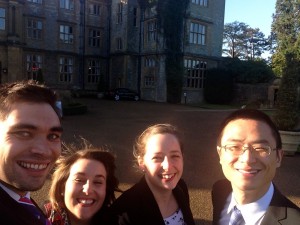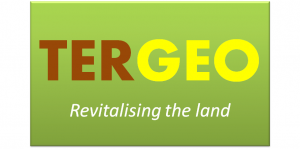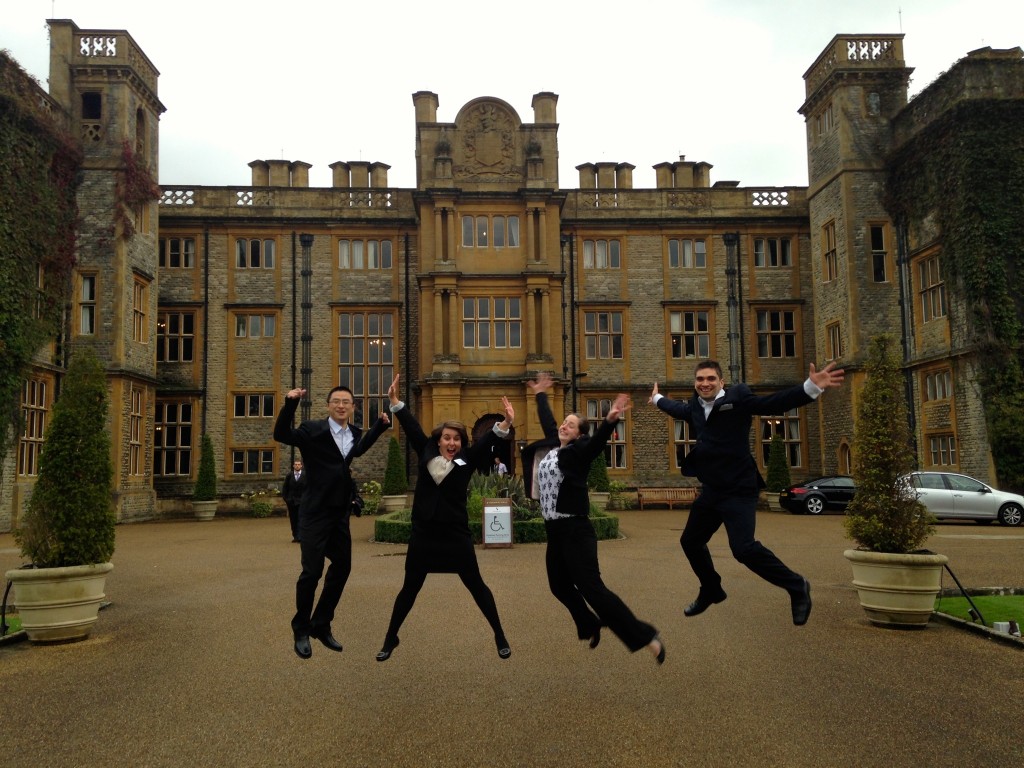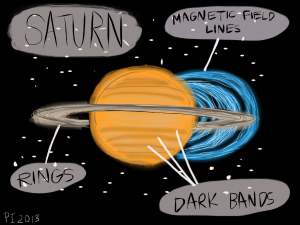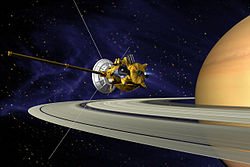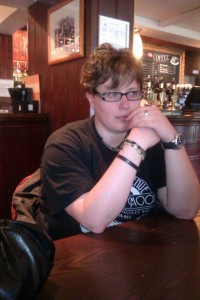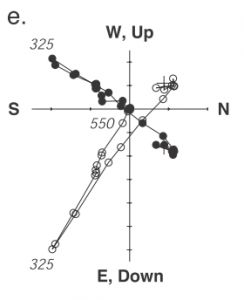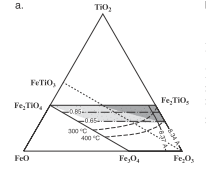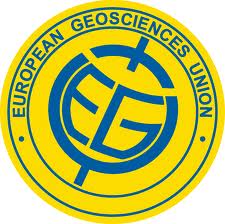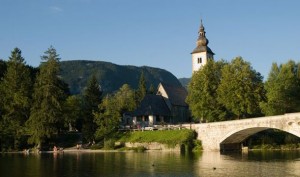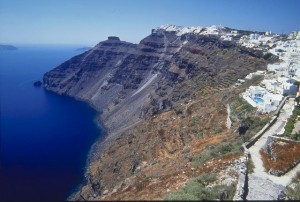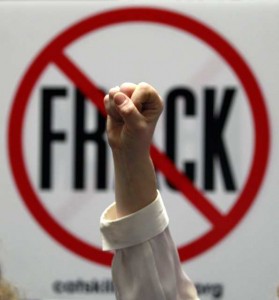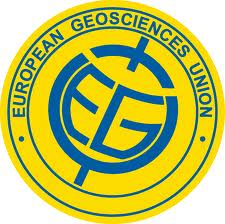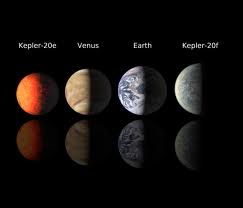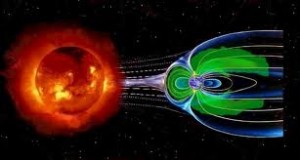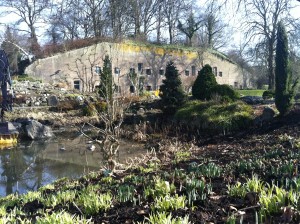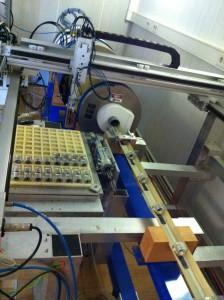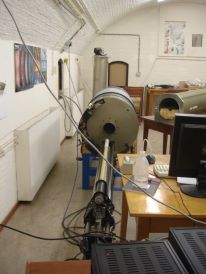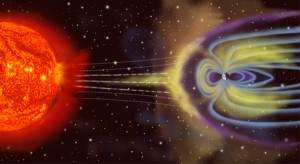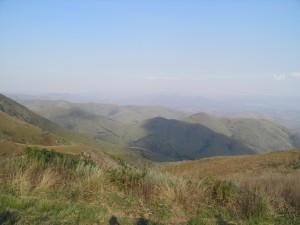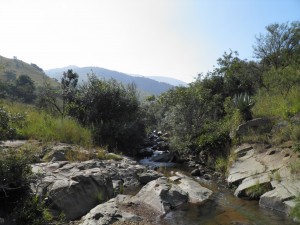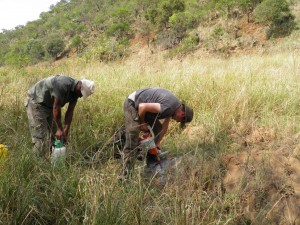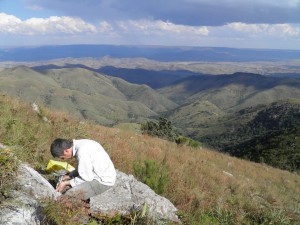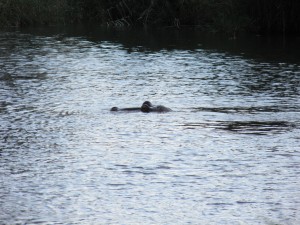This article was originally posted on the EGU Blog network for Geology Jenga.
Happy New Year to you all!
The past few weeks and months have seen some exciting newsworthy stories regarding the Earth’s magnetic field. I thought I’d highlight a few of them for our first post of the New Year.
Magnetic Interactions 2014
For two days in early January, all of us at the Geomag Lab (well, pretty well all of us) travelled to Cambridge University, to attend the UK conference for the geomagnetism community. This year there was also a strong international presence. I would usually write a blog post on the highlights of the research that was being showcased at the conference; however, the meeting organisers beat me to it! Read about the science behind fundamental, applied rock and mineral magnetism, as well as, how an ancient voyage by naturalist Alexander von Humboldt might help us understand the geomagnetic field prior to the 1800s in this blog post by Dr. Richard Harrison, of Cambridge University.
Logo courtesy of Richard Harrison.
The Aurora that never was.
Credit: Wikimedia Commons, user: United States Air Force, This image or file is a work of a U.S. Air Force Airman or employee, taken or made as part of that person’s official duties. As a work of the U.S. federal government, the image or file is in the public domain.
On 7th January, there was a large solar flare with an associated fast traveling Coronal Mass Ejection (CME), which was headed straight for the Earth, and was expected to hit our planet by the 9th of January. Space weather scientists, the media and people across the UK and Europe were glued to the night skies in hopes of seeing aurora borealis at abnormally southerly latitudes. Perhaps the excitement surrounding the potential to observe these mysterious phenomena was fueled, at least in the UK, by the timely airing of the first episode of the new series of Star Gazing Live, in which the team (made up of Prof. Brian Cox and comedian Dara O’Brien) took on the challenge to capture the northern lights.
Space weather has featured heavily in the UK media in the run up to the Christmas, as the UK government pledged a £4.6 million investment in the forecast of space weather. From early this year, the Met Office will forecast, deliver alerts and warnings to key sectors that might be adversely affected by solar flares and CMEs.
Despite the hype, the skies did not deliver. A great blog post by Dr Gemma Kelly, at the geomagnetism team of the British Geological Survey, explains the reasons behind why the Northern lights didn’t quite happen!
For more information on solar flares, CMEs and why they are important: have a look at my guest blog post for GeoSphere on the Earth’s protective shield and also the information pages of the British Geological Survey.




